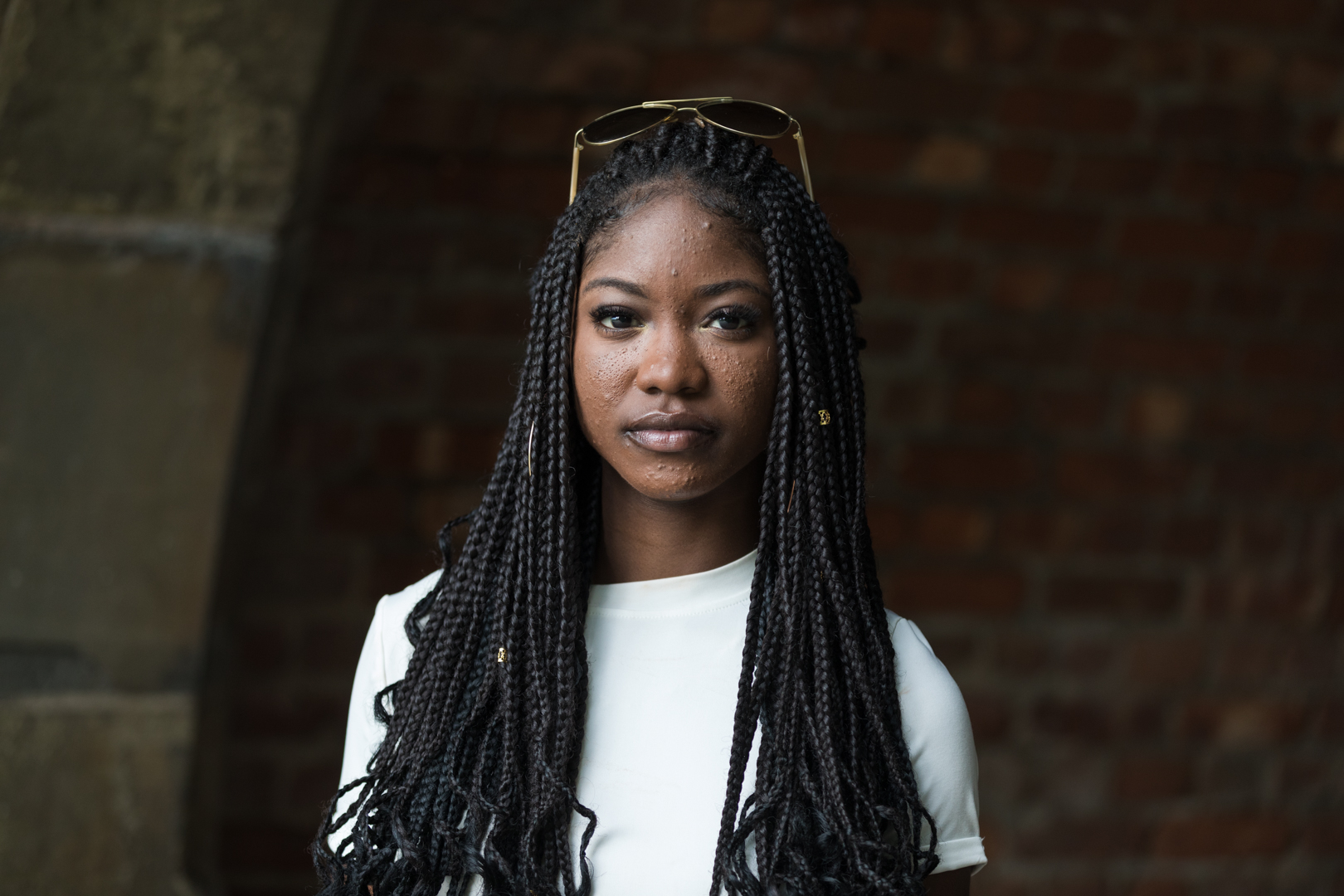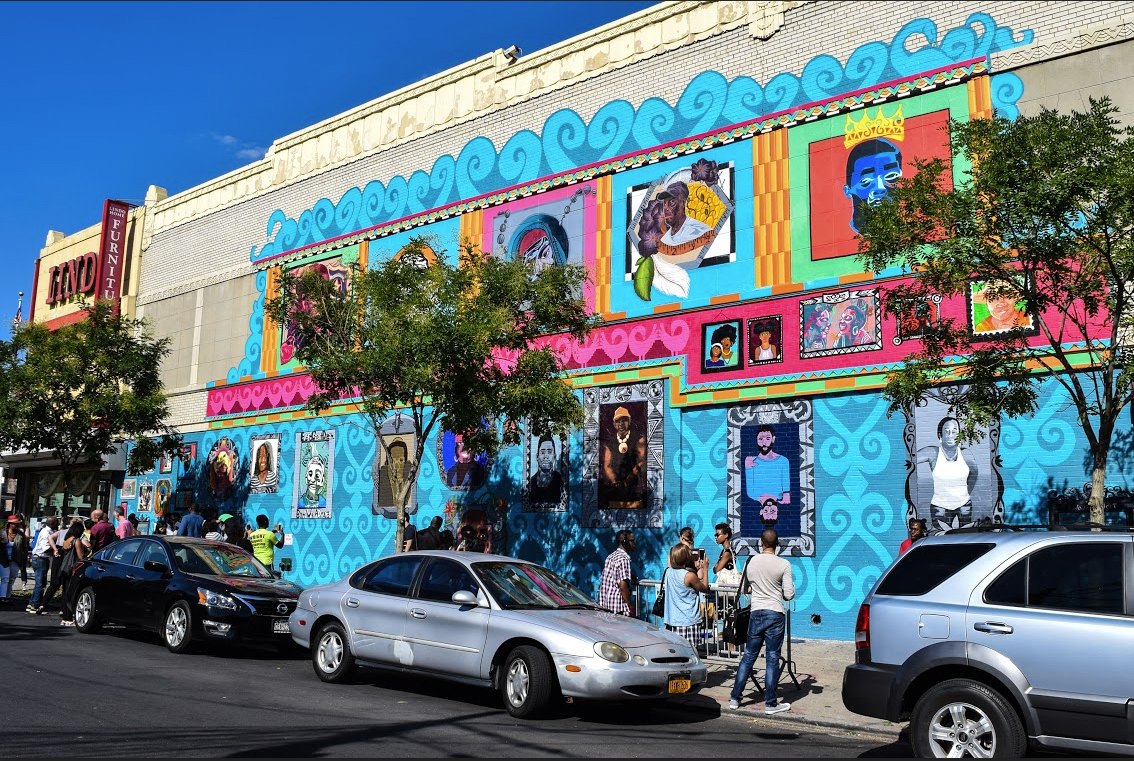A Parkland survivor from Brooklyn, struck twice by gun violence

Before she was a survivor of the 2018 Parkland shooting who testified at Brett Kavanaugh’s confirmation hearing, Aalayah Eastmond was a girl from Brooklyn who had already felt the ramifications of gun violence.
When she was just 2 years old, Eastmond’s uncle, Patrick Edwards, was shot and killed as he left his mother’s Brooklyn home. The bullet pierced his back and went straight through his heart, killing him instantly. Edwards was only 18, a year older than Eastmond was when she was nearly killed as a shooter sprayed bullets into her classroom on Valentine’s Day 2018.
Eastmond, who is spending the summer in Brooklyn interning for Gov. Andrew Cuomo before heading to Washington, D.C., to attend Trinity University, understands that her background, her blackness and her lifelong proximity to gun violence — both in the streets of Brooklyn and in the classroom at Marjory Stoneman Douglas High School — separate her from other Parkland students. She’s using her platform to raise awareness about the shootings that don’t necessarily make headlines, shootings like the one that killed her uncle.
